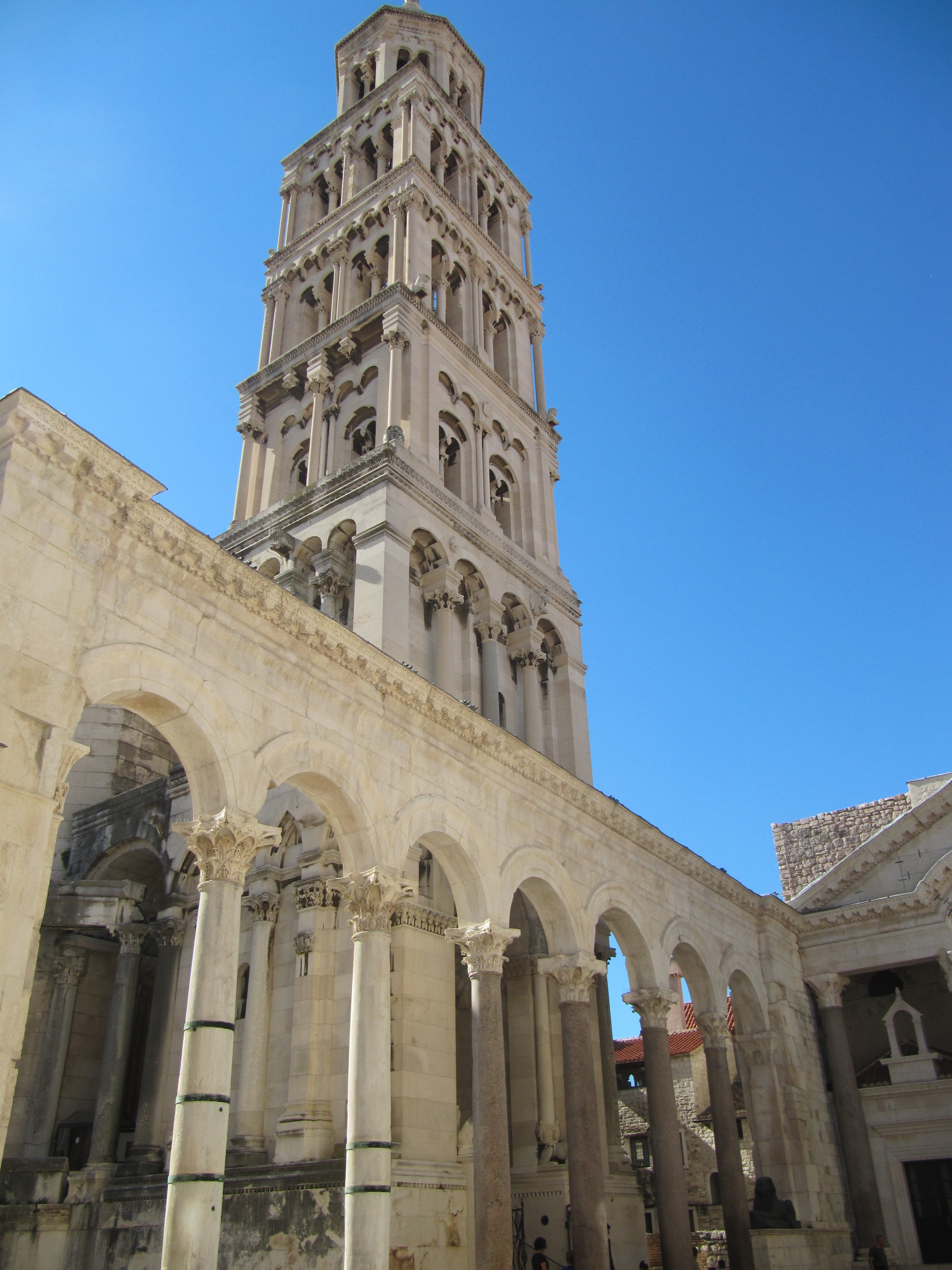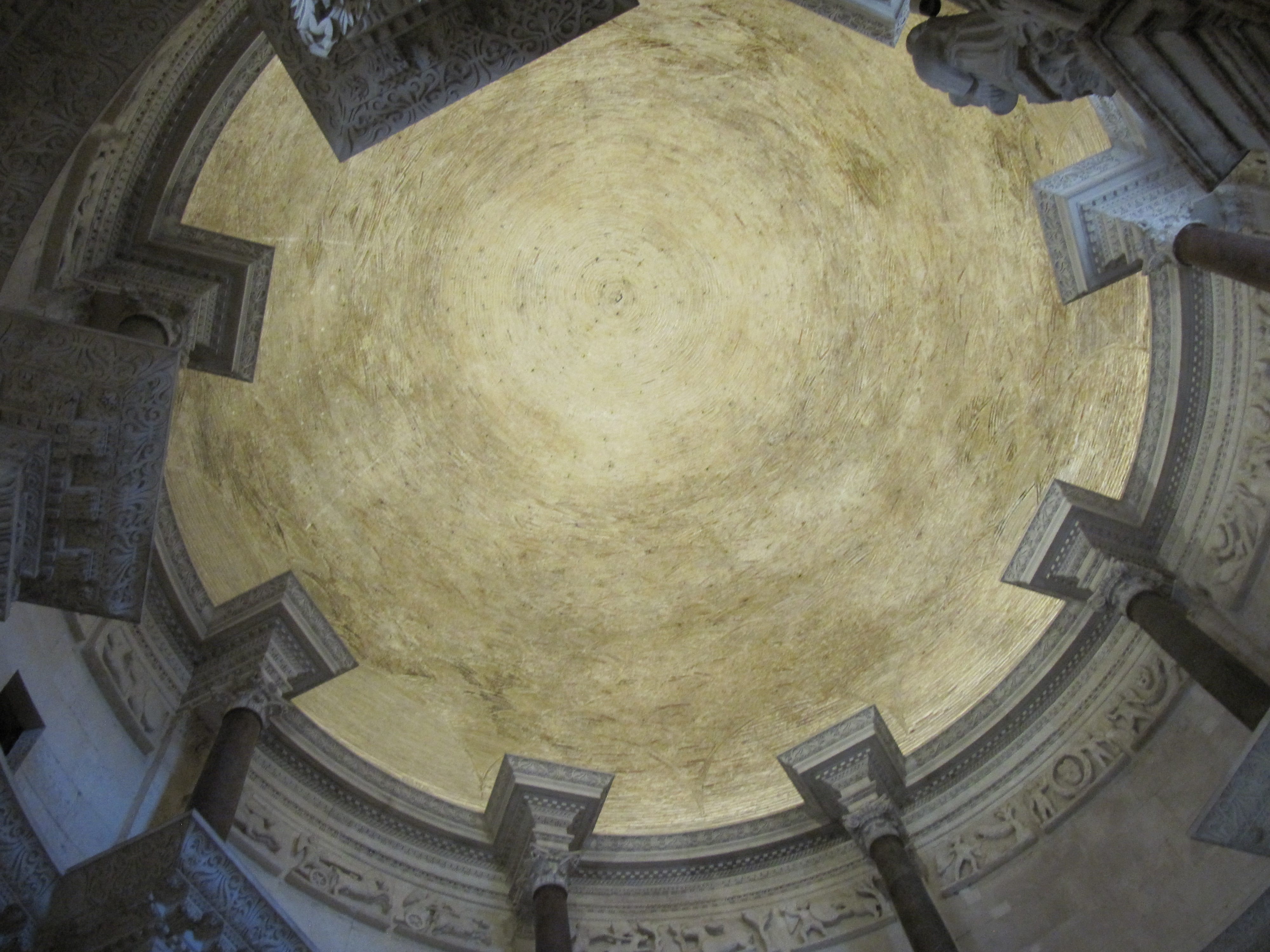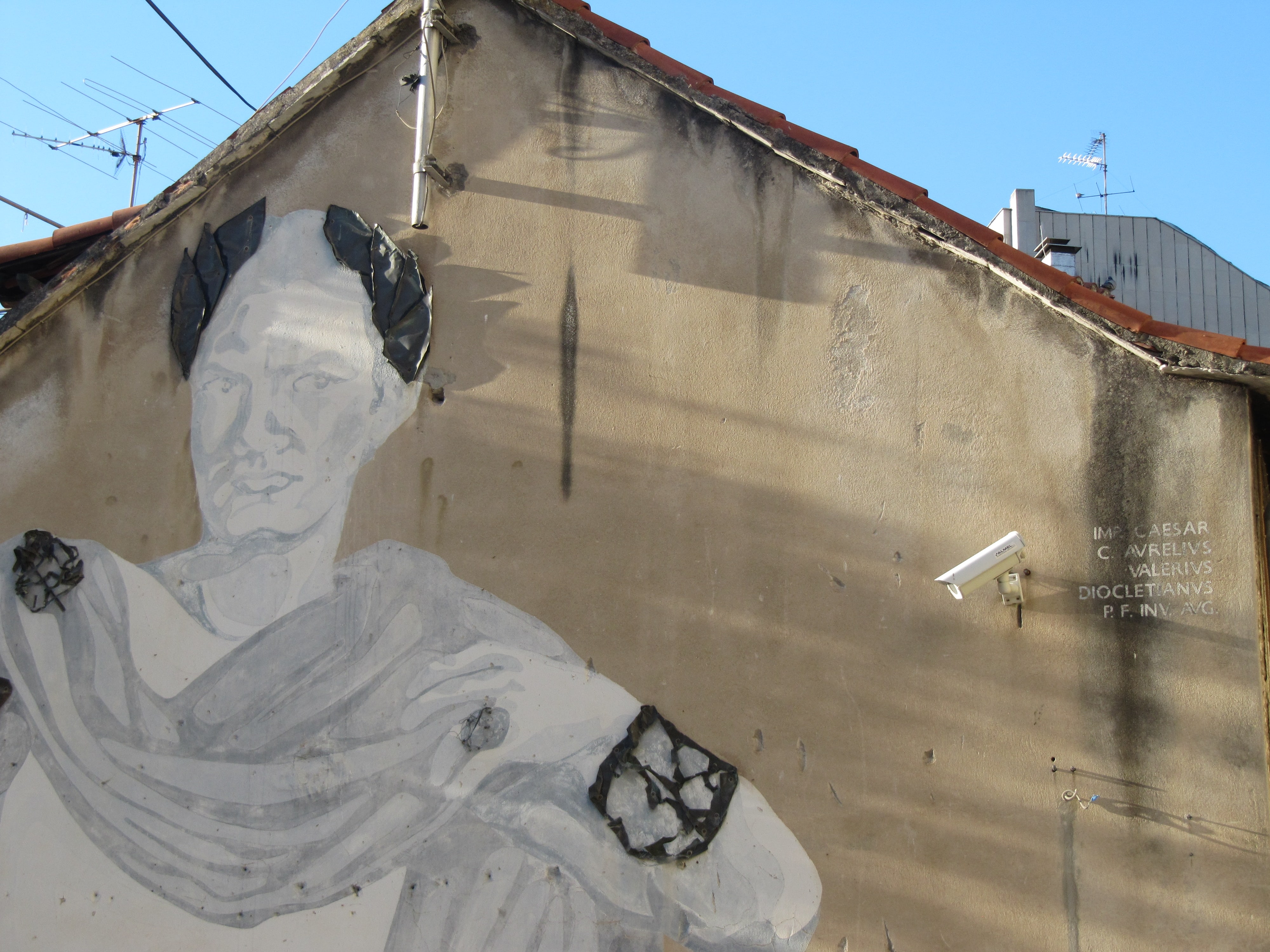The Emperor’s New Laws
Research has a habit of catching up with you everywhere and anywhere.
This summer, I spent an afternoon on a beach near the beautiful town of Split, Croatia, where I met an elderly gentleman who was feeding stray cats. The Man who Fed the Cats was not only friendly towards the local feline population, but also friendly in general, and he was quite eager to tell me all he knew about his city. He proudly proclaimed that Split was older than any other city I was planning to visit, whatever the inhabitants of these cities might tell me. After all, Split rose to prominence in the early fourth century CE, thanks to the palace of the Roman emperor Diocletian, who – declared my new friend solemnly – ‘was a great enemy of the Christians’.

Diocletian’s palace in Split (photograph my own)
It is true that Diocletian has never been one of the more popular emperors. His four edicts targeting Christians, which have collectively become known as the Great Persecution of 303-304 CE, ensured that he obtained a prominent position in the Christian historian Lactantius’ work On the Deaths of the Persecutors.[1] In the seventh century CE, the emperor’s mausoleum in Split was even stripped of its contents and converted into the Cathedral of Saint Domnius, who was considered a martyr of the very persecution Diocletian had instigated. The influence of the Diocletianic Persecution on the growing Christian movement was profound, as can be deduced from the startling number of martyr narratives from the period.[2] It is therefore no surprise that the man behind it has come to be seen as one of the great monsters of Roman history.

Ceiling of Diocletian’s mausoleum, now the Cathedral of Saint Domnius in Split (photograph my own)
It is equally possible, however, to cast Diocletian in a more positive light. He may have become infamous because of his confrontations with the Christians, but the overwhelming majority of these did not take place until the very end of his reign. Around 299 CE, some conflict arose between the emperor and the Christians in the military, but Diocletian’s order to discharge (not kill) those who would not sacrifice may just as well be seen as an attempt to enforce military discipline. It has even been argued that the final escalation of the Great Persecution, which ordered the execution of every Christian who refused to sacrifice to the Roman gods, was the responsibility of Diocletian’s intended successor Galerius, rather than his own.[3]

The Christian Maryrs’ Last Prayer, by Jean-Léon Gérôme (source Wikimedia Commons)
In his other policies, Diocletian seems to have been primarily committed to the restauration of Roman power, even if his methods were vastly different, and infinitely more acceptable from a modern point of view. Perhaps the most famous of his actions was the series of measures that led to the profound reform of the political structure of the Roman Empire. The new system, known as the Tetrarchy, divided the Roman Empire into four territories, two of which were governed by senior Augusti, while the others were entrusted to their intended successors, the Caesares. This division was initially made because Rome was under attack on all its borders, and it was impossible for the emperor to be present everywhere at once. In addition, influential generals were politically dangerous, especially when supported their troops, and thus had to be kept close at the Emperor’s side, lest they usurp power. This meant that their qualities were routinely underused for fear of rebellion. Dividing imperial authority, combined with constant reminders of the unity and harmony between the various rulers, meant that Emperor could, indeed, be in multiple places at once.[4]

Map of the Roman Empire under Diocletian (source Wikimedia Commons)
It was a thoroughly impressive move on Diocletian’s part, especially if we consider how unusual it was for emperors to voluntarily share power. He didn’t stop there, however. Over the course of his 22-year reign, the emperor would reform provincial administration, separating military and civic power and entrusting lower levels of government to career officials of equestrian order, rather than to higher-ranking senators, as had been traditional.[5] In addition, he made attempts to combat the growing level of inflation,[6] as well as starting the trend of codifying previous imperial edicts in books of legal precedent.[7] He ultimately abdicated in 305 CE, and became the only Emperor to voluntarily give up his hold on power.

Graffiti of Diocletian on the walls of Split (photograph my own)
Diocletian’s reforms were so extensive that it is almost impossible to discuss them all in detail. Not all of these innovations may have lasted, but there is no denying that they made a significant difference. It would therefore be overly simplistic to only describe Diocletian as ‘a great enemy of the Christians’, as the cat-feeding man in Split did. His sentiment is, in itself, more than understandable, and the emotions about this episode in history are still profound in some circles. However, both in Split and beyond, Diocletian has a lot more to offer than death and suffering. Perhaps more than any emperor he has two sides, and both should be acknowledged if we are to form a comprehensive picture of his actions.
[1] See J.L. Creed, Lactanius: De Mortibus Persecutorum (Oxford: Clarendon Press, 1984) for a critical edition of the original Latin, as well as an English translation.
[2] A number of these stories may be found in Eusebius, Historia Ecclesiastica VIII.
[3] Stephen Williams, Diocletian and the Roman Recovery (London: Routledge, 1985), 182-184.
[4] Ibidem, 42-43 and 62-64.
[5] Ibidem, 102-108.
[6] K.W. Harl, Coinage in the Roman economy, 300 B.C. to A.D. 700 (Baltimore: Johns Hopkins University Press, 1996), 148-157.
[7] David Johnston, Roman Law in Context (Cambridge: Cambridge University Press, 1999), 23.
© Renske Janssen and Leiden Arts in Society Blog, 2016. Unauthorised use and/or duplication of this material without express and written permission from this site’s author and/or owner is strictly prohibited. Excerpts and links may be used, provided that full and clear credit is given to Renske Janssen and Leiden Arts in Society Blog with appropriate and specific direction to the original content.



0 Comments